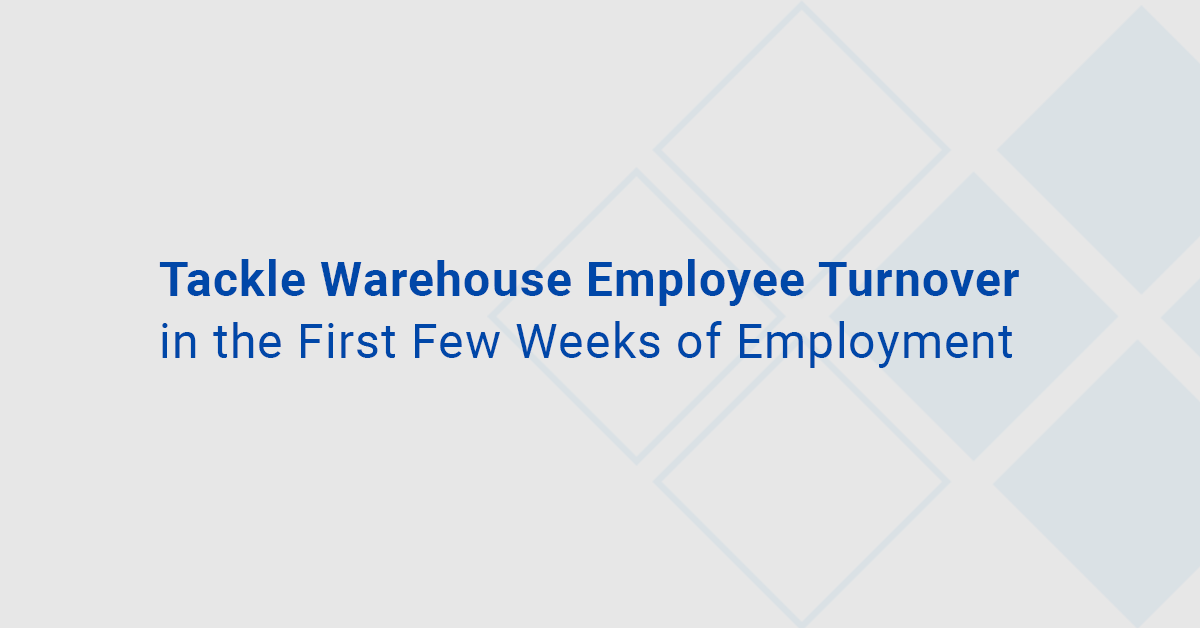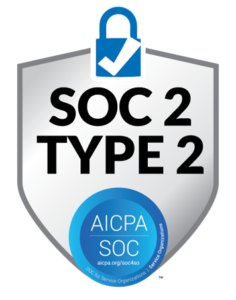Supply chain labor turnover continues to be a huge challenge for organizations. For many businesses, the turnover problem occurs within the first few weeks of employment. In fact, studies show approximately 20% of employees leave within their first 45 days of employment, and 30% leave within the first 90 days.
While there are many factors that cause employees to leave a job, such as low pay or the physical demands, it can often be traced back to poor labor management processes. Having a robust labor management program (LMP) enables organizations to formalize their employee engagement and development processes, creating a positive work environment and positioning new employees to succeed.
[RECRUITING, RETAINING & REWARDING YOUR SUPPLY CHAIN WORKFORCE]
Here are several keyways to create an LMP that helps retain employees and reduce turnover.
- Have a Strong Onboarding Process. One of the best ways to preempt new warehouse employee turnover is through good onboarding. In fact, a strong onboarding process can improve new hire retention by 82%. During onboarding new hires learn what is expected, how to perform specific tasks, how they will be evaluated and how they will be rewarded for their positive contributions to the business. Addressing these topics at the beginning helps avoid misunderstandings and decreases the chances an employee will leave. Inputting your training plan into a labor management system (LMS) helps track performance progress throughout onboarding and supports more effective coaching during those critical first few weeks.
- Coach New Employees for Success. While it’s important to get new employees off to a solid start on the first day or week, onboarding shouldn’t stop there. Frequent coaching will help an associate perform better in their new role and feel like a valuable member of the team. This leads to increased motivation and open conversation about expectations and performance. Access to real-time performance data within an LMS allows supervisors to provide immediate and accurate feedback to associates and use those straightforward metrics to guide coaching sessions. Consistent, data-supported engagement between managers and associates creates a positive environment, resulting in higher employee morale and retention.
- Give Supervisors the Tools They Need. In addition to training associates on how to effectively do their jobs, organizations must also ensure supervisors have the skills they need to manage their team effectively. Leadership and performance management training helps supervisors know how to better manage individuals to help make them productive employees, manage through conflict or communicate more effectively.
- Have a Culture of Recognition. Making employees feel valued from the beginning can help boost workforce retention. Employees appreciate knowing where they stand and how they are progressing toward achieving desired goals, as well as being rewarded for their contributions. Accurate performance standards and real-time performance data available within an LMS enable organizations to consistently reward employees who reach (or exceed) performance objectives, via incentive pay or other reward programs.
With the labor shortage likely to continue, supply chain organizations must take steps to retain and optimize their workforce. Having an effective LMP will help businesses create a work environment that not only helps retain employees but positions them to succeed.
Connect with TZA today to learn how to address warehouse employee turnover within your organization. Schedule a complimentary audit of your current labor management program.
Author: Andy Paulson, Senior Director, Customer Success Team
Related TZA Resources:


